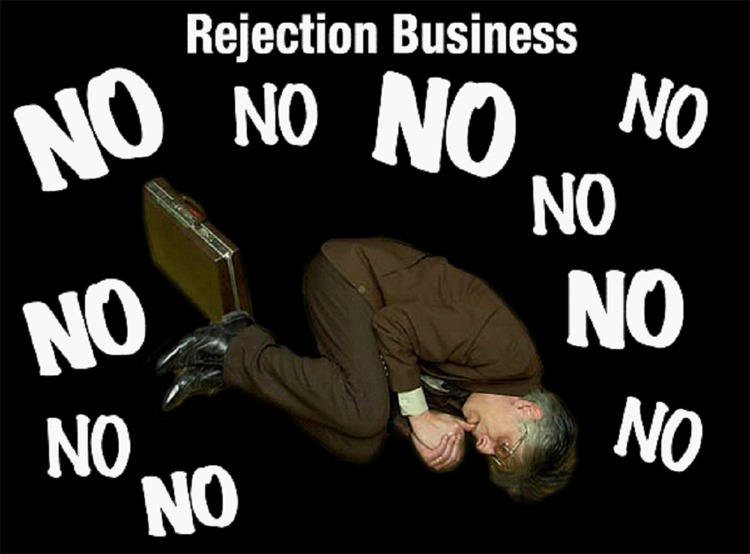Success in a franchise that you invested on is not an instant promise. It will be uncertain unless you are knowledgeable about the part and parcels of doing the trade and business together with the strengths that you have to develop. Luckily, we have willing franchising experts to lay down their cards on how to be triumphant amidst the unpredictable and wavering economic conditions.
Money Still Garners the Top Spot
Money is still the bottom line to generate money in return. The funds are the life stream of a franchise. Lacking it will cause a franchise to failure. The founder and president of the Franchise Recruiter Ltd. based on Chicago, Jerry Wilkerson, cited that every franchisee should have a strong backbone of financial resources since there are expected highs and lows in doing the business. If otherwise, then insufficiency of funds will arrest its operations. Furthermore, the thrusts of the current economic condition will certainly abort the franchisee’s system.
Jerry Wilkerson also added that if a franchisee has the adequate means, it will emerge to a more powerful and compelling market after the economic recession’s blows. Franchisees may be stricken with the repercussions of the recession but after its recovery, a new world for a brighter chance to prosper will open for them. It boils down to one important factor. Money will always be a determinant whether or not a franchisee will persist to exist.
A strongly founded consumer base also plays a major key. A franchisee without consumers will mean no continual marketing operations and income generation. If the franchisee does not have any marketing budget for advertisements and media campaigns, there is no way that consumers will be made aware of the business. A business without a sign, or advertisement for that matter, is a sign with no business. So what franchisees with limited marketing budget do is that they devise other cheaper alternatives to publicize their products and services. Mark Kaplan of the Great Wraps Inc. stated that franchisees must aim exactly who their target audiences are and where they can find them. Their marketing efforts should be geared towards them through the use of efficient marketing budget. Publicity is therefore an essential.
Karen and Bill Peterson of the Jupiter, Florida, American Leak Detection franchise have exerted effort to adopt cost-saving marketing methods. Being more aggressive with their marketing strategies other than the traditional methods on trades, they also try to leverage more on business relations and customer service betterment with the hopes of gaining more business referral opportunities targeted toward them.
For Keith Whipple of the Wing Zone franchises situated in Charlotte, North Carolina, taking more thoughts about the options in advertising and marketing schemes is really necessary because using them are costly. Carefully examining the choices of advertising media one can select from is what every franchisee should include in their urgent tasks. Assess what advertising media is effective and money worthy and can return the value you deserve so you and your business will not be welcomed with a devastating state.
An Indispensable Support
The president of the Glass Doctor franchise, Robert Tunmire, advocates that for a franchisee to overcome its troubles, it should be able to strictly adhere on the operating system handed down by the franchisor. Failure to perform every protocol or rule can mean failure in operations. Business is sophisticated nowadays. So for a franchisee, it must perform its obligation to follow the system. There should be no rooms for error. A franchisee must grab and use the advantage of the operating system since it is already proven and tested.
Likewise, Kaplan supports the statement. He stated that the franchise principles should be magnified and enhanced especially under depreciated economic circumstances. According to him, the franchisors have been emphasizing to their franchisees that in order for them to succeed, they should diligently understand and excel in the performance roles indicated in the franchise agreement in dealing with what consumers need and want. The agreement is more than just terms written on papers to be adhered to. It is a requisite for success.
A part affects the whole system of body. Whipple stated that when someone has purchased a franchise, he or she should conform to what the franchise really does. It should not at all create a path of its own and deviate from what is considered normal for the franchise. If a business entity wants to be autonomous, first of all he or she should not have availed for a franchise. In this kind of world, consistency even in the smallest details has the heaviest bearing.
Fully grasping and getting the picture of what you desire the most out from the franchise is equally important as meeting with the franchisor’s anticipations from you. Tunmire stated that having concrete and tangible personal objectives add to the success rate of a franchisee. One must not lose sight of what he or she is destined to be in the future. For him, a business is only a mechanism of acquiring the kind of life you clamor for, and the start must always occur first in fully understanding on what is within you.
Personal traits and characteristics also affect success. Kaplan advised that before joining a franchise, a person must undergo self-awareness and self-reflection. The individual must have a firm standing about what he really wants and his willingness to abide with the determined operating system in franchising. If a person does not have the passion for that and wants to reinvent and create a kind of business that is really pertinent for the own self, attempting to be in franchising should be out of his options. It will only contribute disadvantages to the whole system.
Karen Peterson reinforced that one should be able to take full advantage of the benefit. This system can be considered as a family. Everyone must look out on each other and everyone is accountable to every member. Support is an indispensable factor in a franchising system. That is already a part of the business and that is what franchisees are paying for.
Bill Peterson adds that embracing such system has more favored positions. After all, the crucial information from a franchisor, whether about marketing or employee contentions, is made accessible and available for the franchisees.
Success does not come in one or two strategies. Success comprises of a whole network where people, ideas and principles agreeably work together. It is something to be worked for. And it can be strengthened more through the collaborative effort of the people sharing common ideals and goals.








